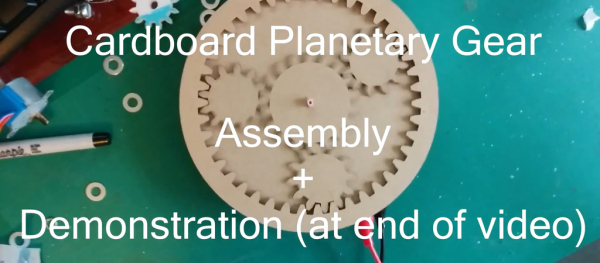Unix isn’t the only operating system that came out of Bell Labs. In an effort to decouple hardware from user interfaces over a network, Bell also developed an OS named Plan 9 (named after the famously bad Ed Wood movie). While Plan 9 is still in use, it never got the momentum that Unix did. In 1996, Bell Labs (now AT&T) decided to shift its focus to Inferno, an operating system that was meant to challenge Java as a cross-platform virtual machine environment. Now LynxLine Labs has ported Inferno to the Raspberry Pi.
Not only did they do the work, they documented it in 26 labs if you want to follow along. Or, you can just head over to the project page and get the results along with updates (judging from the commit log, the project is under active development).





 As [Richard Feynman] showed
As [Richard Feynman] showed











